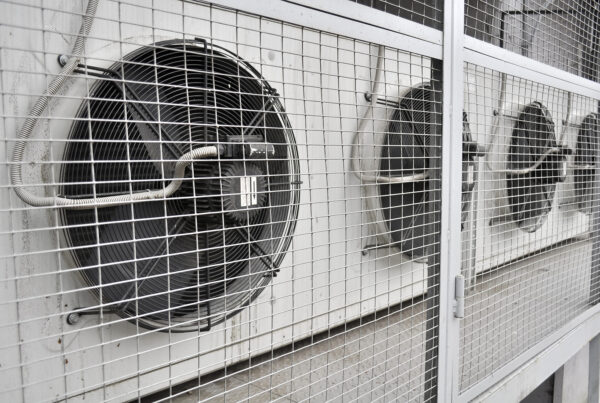A home theater receiver is an amplifier, preamp, video processor, and possibly a tuner to receive AM and FM signals. Another way to bring all of these functions into your home theater is to use separate components for all of these functions. Separates allow the end user to control the quality level of each component more accurately.
A home theater receiver manufacturer will design a receiver that will be sold for a particular price point in a certain market segment they are targeting. They will mix and try to match a video processor, amplifier, preamplifier etc. and make their quality and costs fit into a targeted pricing framework. This will create a product that has multiple functions, but will usually lack the individual quality level found in separates.
A home theater receiver has everything under one roof sort of speak, and thus they are all sharing a common circuit board, chassis, and cabinet. Separates will usually have all these components but will not have to share functions with other parts. For example, each component in a video processor will be designed to focus and create a video image full time without sharing any other functions of their design with a preamp or tuner. A manufacturer of separates can maximize the performance of his unit because he can focus solely on one function and maximize its potential.






If you know the frequency and amplitude of the reflection, you have a better chance of identifying sources.
Can the quality of a sound reflection identify the reflection source?
Use whatever floor type suits your usage. Carpet should have a carpet pad under the carpet. Hardwood floors should have…
Hello. This article mentions choosing a sound absorbing carpet and a pad. Could you please give examples of products? I…